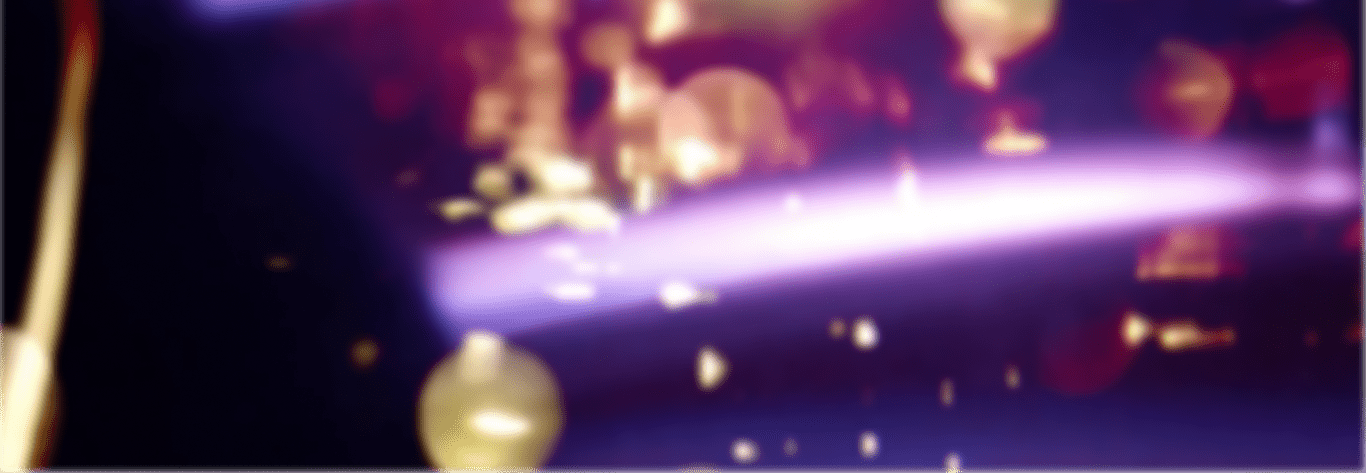Between energy generation and its usage, Schneider Electric provides technology and integrated solutions to optimize energy usage in market sectors like energy and infrastructure, data centers and residential. When searching for an invoice automation solution, the company chose Kofax to help increase accounts payable efficiency.
The Challenge
When Schneider Electric’s accounts payable (AP) department realized that centralizing invoice handling had the potential to improve productivity and save costs, they launched a project to investigate the possibilities.
“We wanted to optimize the process, to pool resources,” said Jean Garcin, Manager of New Technologies. “We needed to implement a more efficient process than the manual one.”
A shared service center, a more efficient process
To enhance productivity and to offer a better service, the company started to think ‘Shared Service Center,’ explained Garcin, now manager of new technologies at the new shared service center within Schneider Electric’s accounts payable department. The company’s AP team then began to research OCR (optical character recognition) technologies.
The Solution
Schneider Electric chose Kofax as the best fit for its organization. “Because of its high integration level into SAP, the Kofax ReadSoft solution doesn’t entail any big changes for the accounts payable accountants.”
Better process, results that exceed expectations
Garcin explained that some of the initial benefits of implementing the ReadSoft invoice processing solution went beyond gaining access to invoice images and data.
“The main benefit of this solution has been that it forced us to rethink our organization. At first, the accountants were offered to work either with the scanning or manually,” Garcin said. “Because they were very familiar with the manual process, they tended to choose that before scanning.”
For that reason, two different input stations were created— one manual and one automated. These would allow Schneider to measure the impact of OCR activities.
The percentage of invoices handled with the OCR option rose to 70 percent from 40 percent in the first year after implementation. Over several years since, that percentage has continued to increase.
“The progress has been amazing. We process the invoices for four different units. Today we handle 90 percent of our invoices via OCR,” Garcin said. For some of them, up to 95 percent are processed via OCR, and in total, Schneider Electric processes 40,000 invoices per month for these four units.
The Results
Garcin says there are several major benefits companies can experience if they choose to improve their invoice processing with Kofax: getting the invoice as an image and significant productivity gains.
Impressive productivity improvement
“Our organization has gained over 20 percent per year in productivity,” Garcin said. “Today, our productivity is at least three times better than with the old manual process.”
Previously, Schneider had a microfilm archive system. An invoice entering the AP center never left. When someone wanted a copy of an invoice to justify an expense, a request had to be made, and then the copy was retrieved manually and sent to the appropriate person.
“This system has been abandoned,” Garcin said. “We no longer need to maintain an old and costly system.”

Produits
Tungsten TotalAgility
La plateforme d’automatisation intelligente TotalAgility accélère les processus métier avec l’intelligence des documents, l’automatisation des tâches et l’orchestration des processus.
Tungsten RPA
La technologie Tungsten RPA vous permet d’automatiser des séquences de tâches fastidieuses impliquant différents systèmes et sources de données, sans aucune programmation.

